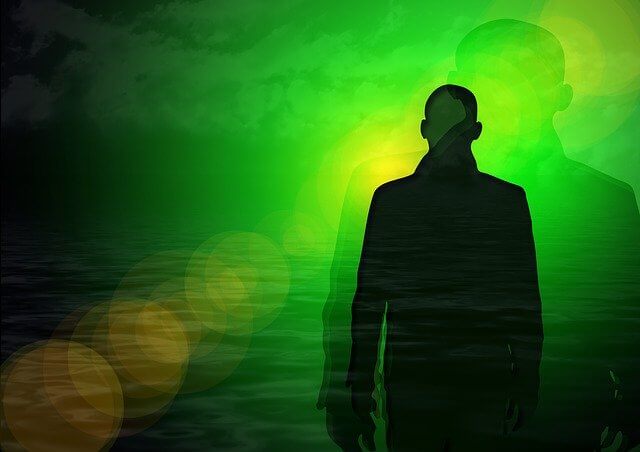
This is a true story of a Japanese doctor who had an amazing out-of-body experience.
Takashi Tachibana (born 1940) is a Japanese journalist, non-fiction writer and critic.
Takashi Tachibana (born 1940)
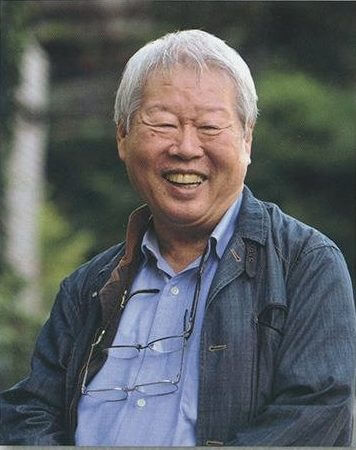
Tachibana is well known for his extensive study of more than 300 cases of Japanese near-death experiences.
Tachibana published articles titled “Near-Death Experiences” in a distinguished Japanese monthly magazine, Bungeishunju from August 1991 to April 1994.
These articles were later put together into a bulky two-volume book titled “Near-Death Experiences” of total 868 pages.
Nowadays, Tachibana is known as one of the leading authorities on NDE studies in Japan.
Click the link below to read more details of Takashi Tachibana
In this post, I would like to introduce one of the amazing cases of Japanese NDEs reported by Takashi Tachibana, “Intellectual Giant.”
Amazing Out-of-Body Experience of a Japanese Doctor
The following is the out-of-body experience of Dr. Takeshi Matsumoto, a 59-year old doctor living in Tanashi, Tokyo.
In 1951, Dr. Matsumoto graduated from the medical department at Yokohama Medical School (present-day the medical department of Yokohama City University) and just became a doctor.
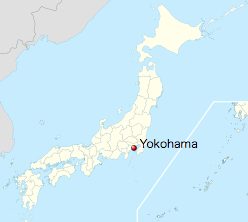
Yokohama City University Hospital

Source – own work
However, Dr. Matsumoto got severe tuberculosis and then he had surgery to remove the ribs in the hospital of Yokohama Medical School.
The surgeon expected that the cavity lesion formed in the lung of Dr. Matsumoto could be eradicated by removing the ribs and compressing the chest.

At first, the four ribs were removed, but the surgeon said that it was still not enough.
So, finally, the seven ribs were removed.
After the surgery, Dr. Matsumoto had to have complete bed rest with a sandbag on the chest to stop bleeding by by compressing the chest.

Unfortunately, during all that time, Dr. Matsumoto had to have nurses (usually, young women) take his urine.
Dr. Matsumoto did not want the female nurses, who worked with him in the same hospital, to take his urine.
So, one day, he crept out of bed to relieve himself.

However, Dr. Matsumoto had no memory after relieving himself, because he lost consciousness after that.
Due to severe bleeding in the chest, he remained unconscious during the following four days.
During that time, Dr. Matsumoto had a near-death experience.
According to Dr. Matsumoto, he found himself looking down at the hospital room from the ceiling.
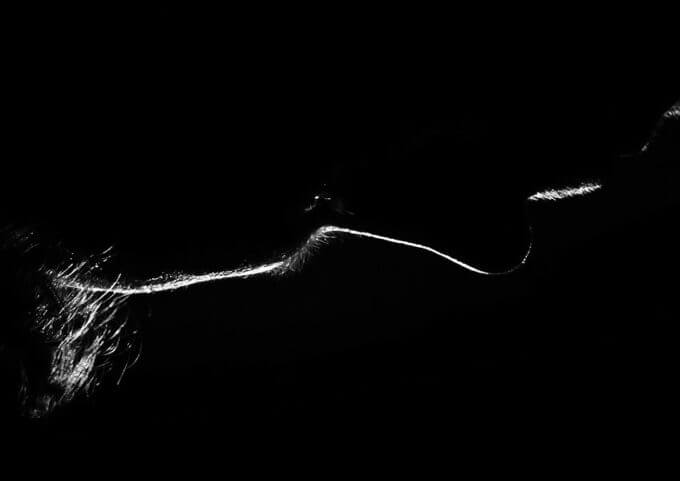
He saw a pale, skinny man lying on the bed.

The skinny man looked like he was at the point of death.
At that time, Dr. Matsumoto did not recognize that the skinny man was himself.
There seems be not much hope for him.
As he was studying medicine, Dr. Matsumoto observed the skinny man with an objective eye and evaluated the man’s medical state.
At the skinny man’s bedside, an elderly woman with white hair was crying.
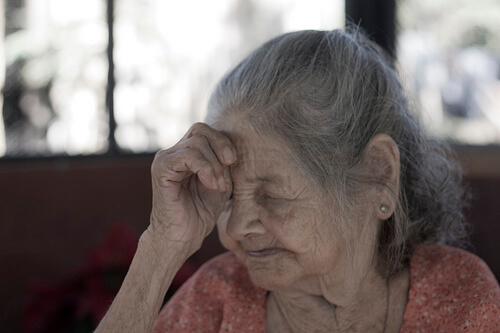
The woman spoke to the skinny man between her tears,
Are you also going to die leaving behind me?
Dr. Matsumoto looked at the woman’s face and found that she was his grandmother.
Why are you crying, Grandma?
So, he got a good look at the skinny man lying on the bed.
Dr. Matsumoto recognized that the man was himself!
Nevertheless, Dr. Matsumoto was still a detached observer.
He looked at his body lying in bed without any emotional reaction such as a surprise.
It was just as if he watched it on the television or movies from a completely detached point of view.
The only thing Dr. Matsumoto felt emotional was that he felt sad for his crying grandmother.
At that time, his parents had already passed away and since then, his grandmother took the place of his mother.
For his grandmother, Dr. Matsumoto was her only family member.
If Dr. Matsumoto dies, his grandmother will be alone.
This is why she was crying.
So, Dr. Matsumoto tried to speak to his grandmother to reassure her.
Granma, I’ll be alright.
I will not die!
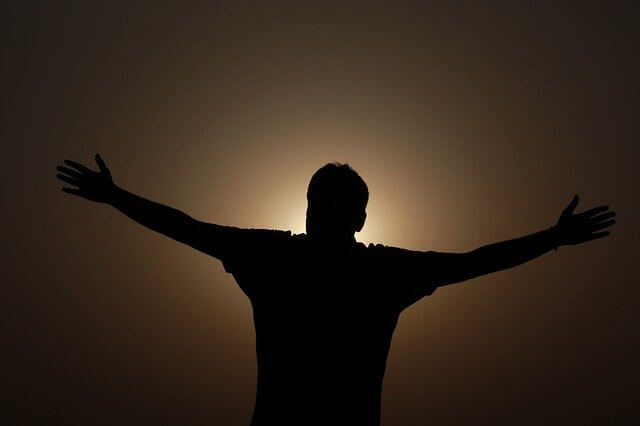
However, his grandmother did not appear to hear his words for some reason.
So, Dr. Matsumoto gradually went down from the ceiling to get close to his grandmother, saying,
Granma, I’ll be alright, because I will not die!
At that time, Dr. Matsumoto heard his own voice.
As he got closer to his grandmother, his body lying in bed became bigger in his vision.
Dr. Matsumoto, who was watching his body from above, became one with his body and thus became indistinguishable from his body.
Then suddenly, Dr. Matsumoto came to himself again.
Does the Mind have the Appearance and Shape?
By the way, when his mind got out of his body, what the appearance and shape of his mind looked like?
According to Dr. Matsumoto, there was no appearance and shape of his mind.
In this regard, Dr. Matsumoto put it this way:
Assume that a TV camera operator walks along pointing a TV camera to the front.
If you watch the TV camera’s images, you feel like your point of view is moving forward.
Just like that, during the out-of-body experience, only my point of view without any appearance and shape was moving forward.
In other words, it was just as if I were a kind of TV camera lens.

Amazing Evidence of Dr. Matsumoto’s Out-of-Body Experience
When Dr. Matsumoto had the out-of-body experience, he thought that it was a dream or something.
However, he had to change such a view because he came across evidence of his out-of-body experience after that.
By the way, among the Japanese women who lived in the Meiji era (1868 – 1912) like his grandmother, a hairstyle called “Haikara” (which comes from “high collar”) was popular.
Japanese of the era (circa 1872)
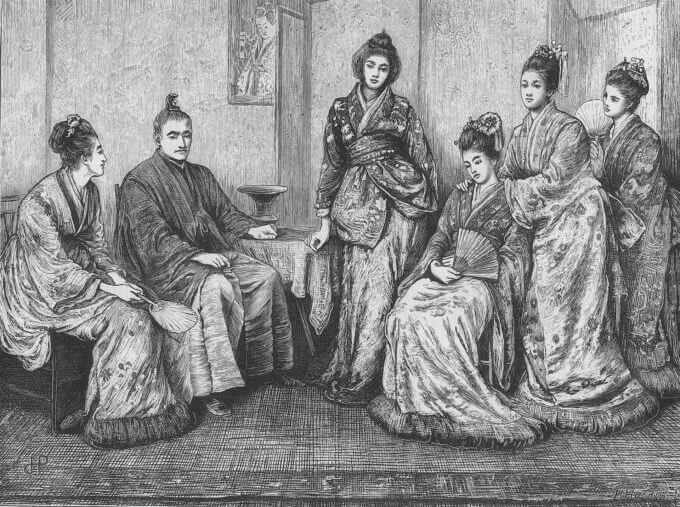
At that time, a Japanese woman put her hair together high on top of her head and tugged it tight to tie a small knot and then she wore a Japanese ornamental hairpin in the small knot.
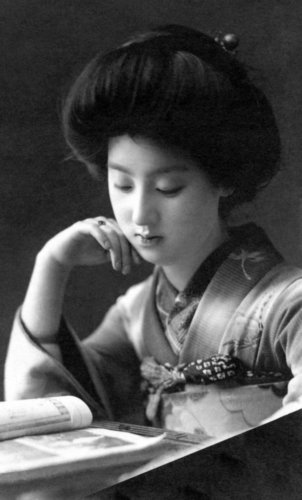
However, the woman who had the “Haikara” hairstyle for a long time sometimes had partial baldness on top of her head, because the hair on the top of the head was pulled very hard.
Actually, his grandmother had partial baldness on top of her head, because she had the “Haikara” hairstyle for a long time.
Dr. Matsumoto had not known that at all.
However, when Dr. Matsumoto looked down at his grandmother during the out-of-body experience, he realized partial baldness on top of her head for the first time.

Sometime after he recovered from his illness, Dr. Matsumoto asked her grandmother about her partial baldness.
By the way, you have partial baldness on top of your head, haven’t you?
To hear that, his grandmother was very surprised.
How do you know?
I hid my baldness so that no one would find out!
I tried to hide it in a way anyone never notices unless they look at it from directly above my head.
I don’t remember showing it to you before.
So, how did you know it?
To hear her words, Dr. Matsumoto was very surprised.
It seems that was not a dream.
I actually saw what I couldn’t see in a dream!
So, Dr. Matsumoto is certain that his mind actually left his body and saw the partial baldness of his grandmother from directly above.
Dr. Matsumoto’s Views on the Afterlife Have Drastically Changed
Dr. Matsumoto is a Christian, but he had been actually doubtful about the conventional Christian teachings, such as an eternal afterlife in heaven.
However, after he had the out-of-body experience, his views on the afterlife have drastically changed.
According to Dr. Matsumoto, we do not exist only as physical bodies.
In other words, we cannot live without life energy.
If we consider such life energy as a “soul,” we human beings are created by a harmonious combination of body and soul as life energy.
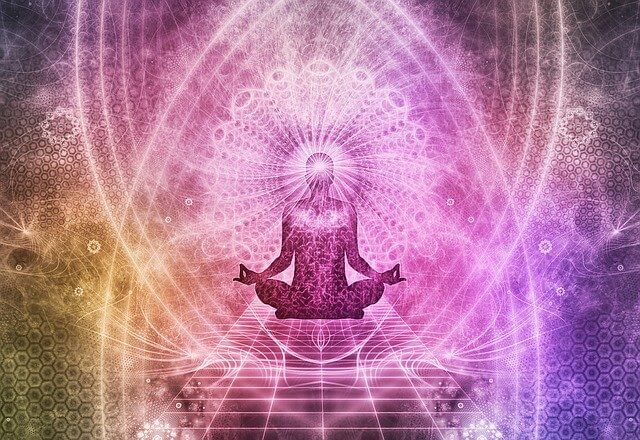
In this perspective, what will happen when we die?
According to the first law of thermodynamics, the total energy of an isolated system is constant.
That is, energy can be transformed from one form to another, but it can be neither created nor destroyed.
This is the law of conservation of energy.
So, if we die, our life energy can be neither destroyed.
Our life energy may exist somewhere in a different form even after physical death.
It is something else whether we should call the life energy as a “soul,” but actually there is some continuing existence of the life energy.
Gautama Buddha once said,
Life is eternal.
Perhaps, Gautama Buddha meant it in the sense that life energy is eternal.

Furthermore, the source of life energy is food including animals and vegetables.
Also, the energy source of animals and vegetables is solar energy.
After all, we are in the surge of enormous energy which fills the universe.

Therefore, our life and death are nothing more than a kind of transformation of one form of energy to another.
This is the philosophy of Dr. Matsumoto which he learned from his amazing out-of-body experience.
Published on March 15, 2020
Written by OTAKUPAPA
References
- Bungeishunju (February 1998). “Everything about Takashi Tachibana.”
- Takashi Tachibana (September 1994). “Near Death Experiences (Vol. 1 & 2).”
- Takashi Tachibana (October 1996). “Testimonies of Near Death Experiences.”
- Takashi Tachibana in Wikipedia.

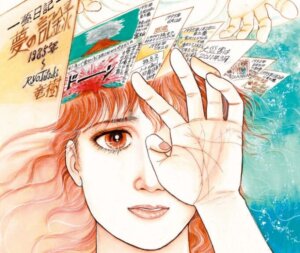
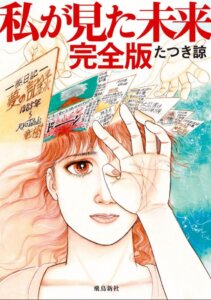
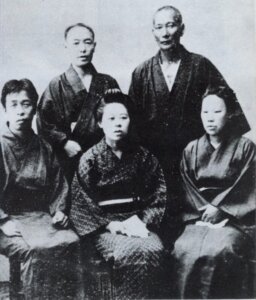

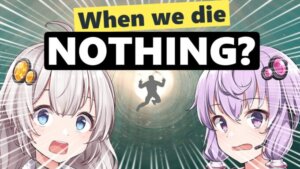
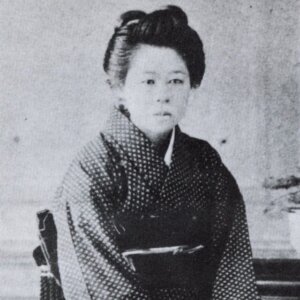
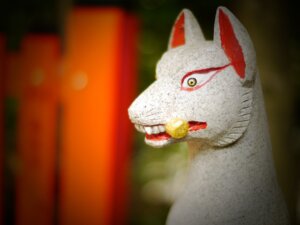

Comments